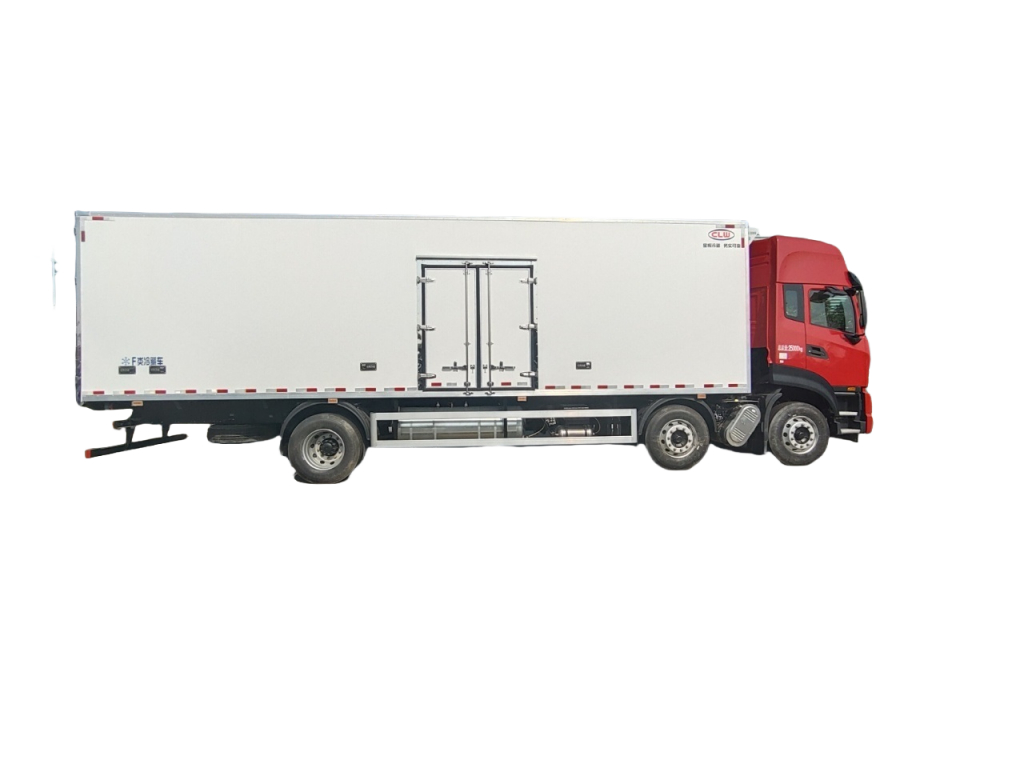Ensuring Safety on the Road A Comprehensive Guide to Truck Mounted Crane Safety Features

Introduction
Truck mounted cranes play a crucial role in various industries such as construction, transportation, and logistics. These powerful machines are essential for lifting, moving, and placing heavy loads in a wide range of working environments. However, operating a truck mounted crane comes with inherent risks that can be mitigated through the implementation of proper safety features. In this comprehensive guide, we will explore the key safety features that are essential for ensuring the safe operation of truck mounted cranes.
Section 1: Understanding the Risks
Before delving into the safety features of truck mounted cranes, it is important to understand the potential risks associated with their operation. One of the primary risks is overloading, which can lead to instability and tipping of the crane. Inadequate ground support and uneven terrain can also pose a significant hazard, as they can cause the crane to lose balance and topple over. Additionally, improper use of the crane's controls, lack of proper maintenance, and human error are all factors that can contribute to accidents and injuries.
Section 2: Structural Safety Features
Truck mounted cranes are equipped with a variety of structural safety features designed to enhance stability and prevent accidents. One of the most important features is the outriggers, which are hydraulic legs that extend from the sides of the crane to provide additional support and increase the crane's stability during operation. Outriggers are typically deployed before lifting a load and are essential for preventing the crane from tipping over.
Another crucial structural safety feature is the load moment indicator (LMI), which is a device that measures the load being lifted and the crane's operating parameters to prevent overloading. The LMI provides real-time feedback to the operator, alerting them if the load is beyond the crane's capacity or if the crane is operating outside safe parameters.
Section 3: Operator Safety Features
Ensuring the safety of the crane operator is paramount, as they are responsible for controlling the crane and executing lifts safely. Truck mounted cranes are equipped with a range of operator safety features to protect them from potential hazards. One key feature is the operator cab, which is designed to provide a secure and comfortable working environment for the operator. The cab is equipped with ergonomic controls, visibility aids such as cameras and mirrors, and safety devices such as seat belts and rollover protection.
In addition to the cab features, truck mounted cranes are equipped with emergency stop buttons that allow the operator to quickly halt operations in case of an emergency. These buttons are strategically located within easy reach of the operator and are designed to deactivate all crane functions immediately.
Section 4: Maintenance and Inspection Safety Features
Regular maintenance and inspections are essential for ensuring the safe operation of truck mounted cranes. These machines are subjected to high levels of stress and wear during operation, making it crucial to inspect and maintain them regularly. Truck mounted cranes are equipped with safety features that facilitate maintenance and inspections, such as access platforms, walkways, and handrails that allow technicians to safely access and work on the crane.
Moreover, truck mounted cranes are equipped with safety devices such as overload protection systems, emergency stop systems, and warning alarms to alert operators and technicians of potential issues. These safety features help prevent accidents and injuries by providing early warnings of equipment malfunctions or unsafe conditions.
Section 5: Training and Certification
Proper training and certification are essential for ensuring the safe operation of truck mounted cranes. Operators must undergo comprehensive training programs to learn how to operate the crane safely, understand its capabilities and limitations, and recognize potential hazards. medium rescue truck cover a wide range of topics, including crane operation, load handling, safety procedures, emergency protocols, and maintenance practices.
Furthermore, operators must obtain the necessary certifications to legally operate a truck mounted crane. Certification programs typically involve written exams, practical assessments, and ongoing education to ensure that operators are knowledgeable and competent in operating the crane safely. Employers must also provide regular refresher training to ensure that operators stay up-to-date on best practices and safety standards.
Conclusion
Truck mounted cranes are powerful machines that play a vital role in various industries, but they come with inherent risks that must be mitigated through the implementation of proper safety features. By understanding the potential risks, investing in structural safety features, prioritizing operator safety, maintaining and inspecting the crane regularly, and providing comprehensive training and certification programs, companies can ensure the safe operation of truck mounted cranes and protect their workers from accidents and injuries. Safety should always be the top priority when operating truck mounted cranes, and by following best practices and implementing the right safety features, companies can create a safe working environment for their employees and prevent unnecessary accidents.

